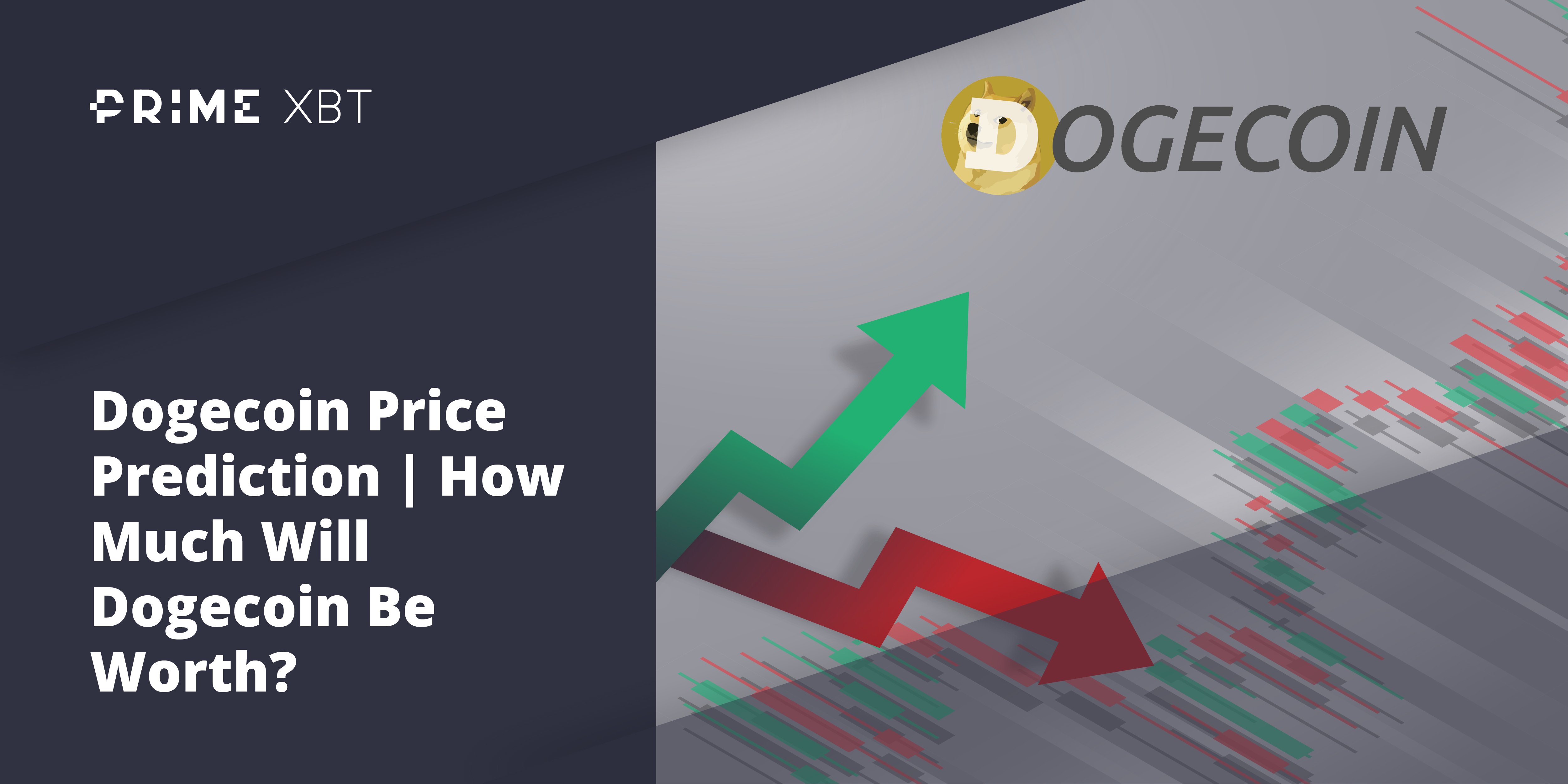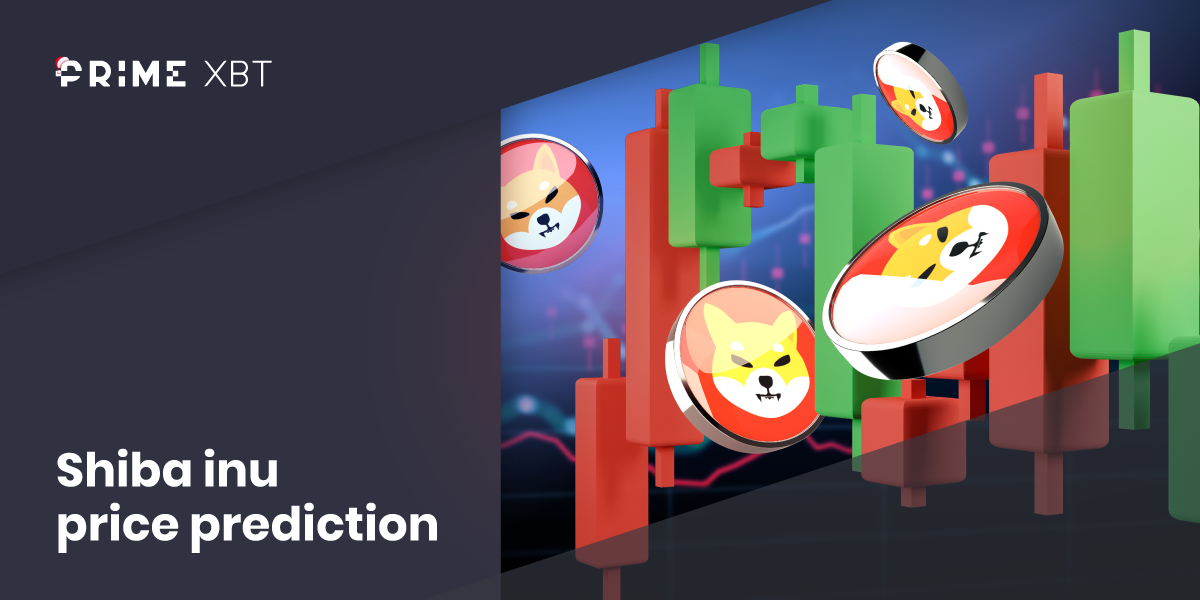Regenerative Finance is an alternative to mainstream or traditional financial systems, that focuses on a sustainable economy, including investments into renewable energy, to fight climate change, lowering carbon emissions and other green initiatives.
Additionally, Regenerative Finance seeks to do so by offering an inclusive financial system that’s transparent and accessible to individuals who may not be unable to access traditional finance.
The idea of regenerative economics was first mentioned in John Fullerton’s paper “Regenerative Capitalism” back in 2015.
The main regenerative principles of this economic system seek to cure the enumerable ills that currently plague the environment, society and humanity. This includes being a platform for sustainable projects, creating accessibility to affordable housing, and creating a sustainable future.
Ultimately the ReFi movement seeks to create a positive impact on the world and position itself to combat some of the most dire threats to the environment and humanity through its regenerative economy.
What is Regenerative Finance (ReFi)? An in-depth exploration

The philosophy and ethical framework of ReFi
Traditional finance is an economic model hyper-focused on profit and short term gains. Unfortunately, this has in many cases, caused environmental degradation.
Some of the most egregious offenders are the Petroleum and Petrochemical industries. But most industries that participate in traditional financial systems and economic systems cause their own fair share of adverse environmental impacts.
Regenerative Finance ReFi on the other hand, seeks to minimise the multiple ills caused by the traditional financial system, through regenerative capitalism and regenerative economics theory.
According to Havard’s Manuel Maqueda regenerative economics, seeks to not only transition the economy towards more sustainable practices at scale, but its most ambitious mission is to actually do so while reversing climate change. To achieve this, a combination of actions are required, including minimising the use of damaging fossil fuel extractive methods, turning towards renewable energies, and funding of environmentally beneficial initiatives.
As you can infer from its mission statement, ReFi projects focus on areas such as minimising or even creating negative carbon offsets, creating long term sustainability, and reversing the previous economic system’s environmental impact.
ReFi vs traditional finance: a comparative analysis
As a centralised financial system, capitalism causes wealth concentration. As an individual’s motivations seldom align with the social and environmental causes, it has largely negative externalities affecting these two sectors.
Beyond this, many companies’ executive and decision-making mechanisms are made up of stakeholder boards, which again prioritise cost saving, often to the detriment of the environment, its workers and society at large.
This is why we see products and raw materials shipped across the world causing vast amounts of carbon emissions, and why factories are built in places with minimal regulation to skirt emission and pollution standards.
Conversely, the regenerative economy seeks to decentralized finance, largely using Cryptocurrency networks and blockchain technology, as they already meet this first requirement.
This means that the decision will no longer be made by a small group of individuals, but there will be a much more financial inclusion and equitable distribution of both decision-making and profits.
How does Regenerative Finance function? Mechanisms and implementation

Core mechanisms: the building blocks of ReFi
According to the World Economic Forum, companies are already embracing the ReFi movement. PepsiCo announced that it intends to create 7 million acres of sustainable agriculture around the world.
Essentially the company’s entire agricultural operations.
But this is just one of the aspects of the regenerative economy though. ReFi is focused and driven by its community, putting people above profits and accessibility over exclusivity.
Here, you can also see the broad overlap that ReFi has with principles held by the Cryptocurrency community. Both are community driven, transparent, and offer almost unfettered access.
This is why Regenerative Finance seeks to use Cryptocurrencies and blockchain technology as the engine behind its innovative and disruptive concepts.
The Climate Collective is an organisation that seeks to participate in the regenerative economy, using innovative technology, including blockchain, to unlock large-scale climate action.
One such action is offering grants to regenerative projects that combat climate change and take verifiable measures to achieve this.
Some of the Climate Collectives grantees include funding initiatives like Untangled Finance, which offers loans to entities that are working on regenerative projects, and ReFi Spring, which wants to activate ReFi communities globally.
One of the most interesting of these ReFi projects is Kolor, which contributes to land conservation in Patagonia (an extremely valuable biome) through the tokenization of land titles.
Practical implementation: integrating ReFi into financial systems
Another concept that overlaps with the main pillars of Regenerative Finance is environmental capitalism. Although the motivations for each system are extremely disparate, the result is the same.
In simple terms, environmental capitalism stipulates that eventually, large organisations will be forced to prioritise sustainability due to cost, not conscientiousness. Fossil fuels and natural resources are finite and as reserves become tapped, their cost will increase.
Using recycled or reclaimed materials and increasing resource efficiency will help offset those increasing costs.
Using renewable energy instead of fossil fuels also greatly lowers costs, in addition to many governments offering financial incentives for more sustainable investments.
This is the intersection and maybe even the on-ramp for traditional finance to embrace and transition into a regenerative economy.
As governments further regulate the unsustainable operations of the world’s biggest economic players, Regenerative Finance ReFi projects can offer carbon credits, or conditional smart contracts that can be integrated into operations, stipulating carbon reduction, sustainable investments and sustainable practices.
The ReFi space can come to fill in the gap that is non-existent in traditional economic systems.
ReFi in financial markets & Cryptocurrency: a strategic overview
ReFi’s role in traditional financial markets
As demand increases for renewable energy projects, carbon dioxide credits, and other environmentally positive initiatives like regenerative agriculture, ReFi investments will likely increase as well, further bolstering the economic system and its mission.
Due to the way ReFi integrates decentralised finance, blockchain applications and Cryptocurrency, it can offer tokenised carbon credits to offset carbon emissions. There are already ReFi organisations offering them, like Toucan. The token is called TC02 (or Toucan carbon tonnes), and ensures that only whitelisted contracts can enter the liquidity pools.
KlimaDAO collaborated with Toucan to offer more digital assets BCT or Base Carbon Tonne, adding to the selection of tokenised carbon credits. At the moment, Toucan is working on making their pools completely decentralised and permissionless, making it more appealing to a broad range of industries and organisations.
Beyond the creation of tokens that may even create a voluntary carbon market, ReFi initiatives also offer lending solutions or financial support for sustainability projects (like sustainable agriculture), that are often offered to local communities that may not have the resources or ability to access traditional financing.
ReFi and Cryptocurrency: a synergetic Relationship
As mentioned above, there are already people working on tokenized carbon credit, so there is an established and strong relationship between ReFi initiatives and cryptocurrencies.
An additional benefit is that ReFi seeks to create a global economy that is not only sustainable but also helps reverse climate change, so it will inevitably push cryptocurrencies and blockchain networks to become more energy-efficient.
This has been a talking point for cryptocurrencies’ opponents and a bottleneck for their scalability. Solving this by adhering to what ReFi values should benefit both parties.
It should also give the opportunity to cryptocurrencies and blockchain for a rebranding from something used anonymously and, in some cases, illegally.
As ReFi’s principles emphasize impact investing in an ethical way and funding projects that benefit everyone, not just a single organization, entity or individual, cryptocurrencies used should follow suite.
Is ReFi the Same as DeFi? A Comprehensive Comparison
Examining Core Similarities and Key Differentiators
Although they do share many similarities like transparency, inclusivity and access, where access to the traditional economic system may be difficult or impossible.
They also share technical characteristics like the ability to host smart contracts, and produce tokens and both run on blockchain infrastructure.
But their purpose, function and let’s say ethical parameters differ greatly.
DeFi or decentralized finance, and its mission is to offer an alternative to traditional financial institutions. It also seeks to offer lower-cost solutions for all the services banks and other financial providers offer, with an increased level of accessibility.
ReFI or Regenerative Finance has a much more socially conscious agenda. While it does everything DeFi does like smart contracts and tokenization, it seeks to do so in a way that protects the environment, by creating environmental assets, like carbon dioxide credits or services like Untangle Finance a ReFi project that offers non-traditional lending for projects with a positive environmental impact.
And of the two only ReFi attempts to create the conditions for a circular economy, or an economy that all materials are reused and natural assets are recovered.
ReFi’s Unique Positioning and Value in the Financial Ecosystem
ReFi offers something that people seem to be extremely receptive to recently. Both governments and the public are constantly asking for climate action and holding companies accountable for the damage they have caused to the environment.
This system has the potential to create carbon markets, i.e. a place where companies can offset their carbon footprint by purchasing tokenized tonnes of carbon.
ReFI can help finance both pro-social and environmentally beneficial projects such as regenerative agriculture and biome preservation, as mentioned above.
As the profile of environmental issues and interest in the circular economy increases, so will the profile of the solutions ReFi offers.
DeFi on the other hand offers an alternative to traditional centralized financial institutions, but without any of the added benefits to society or the environment. This shows that DeFi’s scalability is limited to a certain extent, once it meets its role as an alternative to traditional systems, what purpose will it fulfil next?
The Strategic Benefits of Transitioning from DeFi to ReFi
Promoting Ethical and Sustainable Practices
ReFi is not only a proposed new financial system, it is also a philosophy.
Although there is an entire academic field dedicated to business ethics – which also includes ethics within the financial services, the outlines and principles of this are still largely pro-profit. Until now.
The ethical underpinnings of the ReFi system require actions and activities to have a net benefit to both society and the environment. Actually, it seeks to go beyond that and actually create a benefit surplus in the hopes that this will eventually not only pause environmental damage but actually reverse it.
In addition to these very impressive motivations, it also looks to achieve this in a way that is transparent, accessible and community-driven, not unlike its other blockchained-counterparts.
If these maxims are adhered to by the ReFi community going forward, then this could be the catalyst the world needs to change and reverse centuries of environmental damage.
Economic and Societal Advantages of ReFi
Both society and the current economic system is in need of a pivot. The post-pandemic economy, the global housing crisis, rapid global warming and increasing natural disasters are all sounding the alarm that we need things to evolve and change.
If ReFi keeps its promise to use distributed ledger technology to support, promote and finance initiatives which will not only curb environmental degradation but reverse it, then it will definitely be yet another tool at our disposal to create a more sustainable, brighter future.
Inclusivity is another amazing characteristic of ReFi. As mentioned in our article about DeFi systems, it can offer banking and other financial services to the under-served or people under a regime that does not allow monetary access to the outside world.
This means that these people can have funds sent to them to keep them safe, help them flee unfair persecution or even fund organizations helping people whose rights are being infringed on.
Future Predictions for the ReFi Landscape: Trends, Challenges, and Opportunities
Emerging Trends: Innovation and Growth in the ReFi Sector
As mentioned in the section Core Mechanisms: The Building Blocks of ReFi projects and companies are rushing to join the ReFi movement and adapt solutions that integrate it.
Toucan and KlimaDAO are already offering blockchain-based alternatives to traditional carbon offset credits, in the form of token on a permissioned blockchain.
There are organizations such as Kolor which are using distribute ledger technology in a completely innovative way – by offering land titles as blockchain tokens.
Smart contracts can help create a voluntary carbon market, for both investing in carbon offset initiatives and as a potential future speculative market.
ReFi can help deforestation through financing regenerative farming, giving way and hopefully replacing the current model of yield farming.
The next logical step in the evolution of ReFi would be governments creating smart contracts with industry, and setting conditional emission levels.
If those thresholds are breached, the industry or company could be fined with the assets being reinvested to counterbalance the damage these industries cause.
Beyond tokenizing carbon pollution, trees cut during mining or farming activities could be tokenized, so every tree cut would have to be replaced for the token to become liquid. Almost like an environmental escrow.
Of course, the biggest obstacle today to embracing and applying the ReFi system is governments and decision-makers adopting the technology and using it at scale.
Hopefully, once the public embraces these tools and initiatives, then the people in charge will too.
Remember a few years ago when mainstream financial institutions scoffed at the idea of virtual currencies? But today, cryptos have not only proven their worth as a viable currency but also as an exciting speculative market. And the same people that scoff, have now added cryptos to their portfolios – including the legendary Oracle of Omaha Warren Buffett. Just last year after calling cryptos “rat poison” a few years prior, he invested a staggering $1 billion in a crypto-friendly bank.
Challenges and Opportunities: A Balanced Perspective
Of course, there are always two sides to every argument. Good intentions often do not translate into good actions.
And ultimately ReFi is a system of finance, and there are going to be people looking to profit from the good intentions and hope of the people participating in this system.
Additionally, there will be people who will ardently champion the previous economic model – first and foremost because they have billions and billions of dollars invested in it and because decentralizing wealth and finance could cost them their fortunes.
Finally, there is the matter of scalability. At the moment ReFi is a new and exciting system, with almost unbridled potential, but with a limited user base. To achieve its lofty goals, the scale and pace at which it needs to be adopted will be immense.
If ReFi works though, it holds the promise to not only save the environment but also humanity, benefiting many generations into the future.
What is an example of Regenerative Finance?
It is a blockchain-based system which seeks not only to finance environmentally friendly initiatives but to reverse environmental and societal damage through the circular economy. It also seeks to do this in a transparent, accessible and inclusive way.
What is ReFi web3?
It is ReFi applied to the next purported iteration of the current internet web3. An example of this is the tokenization of carbon emission that Toucan offers.
What does ReFi mean in crypto?
ReFi is Regenerative Finance, and in terms of crypto it is permissionless, decentralized and widely accessible.


